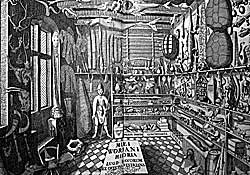
January 3, 2007

Musei Wormiani Historia, the frontispiece from the Museum Wormianum depicting Ole Worm’s 17th Century cabinet of curiosities.
Boing Boing co-editor and Cryptomundo correspondent David Pescovitz wrote a wonderful piece speaking of the chambers of wonders, the cabinets of curiosities, to wit, der Wunderkammer, which was published on New Year’s Day. As Xeni Jardin notes, his response was to the question: “What are you optimistic about?”
David’s essay’s wonder-filled title is “We’re Recognizing That the World Is a Wunderkammer“, and some extracts from his thoughts spell out what I consider happening at Cryptomundo, The Anomalist, Boing Boing, and similar websites.
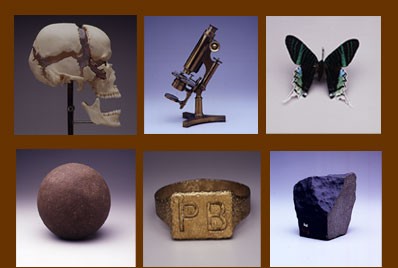

David Pescovitz (above) writes:
Several years ago, I became fascinated with cabinets of curiosity. The Renaissance predecessor to modern day museums, these cabinets, sometimes entire rooms, were filled with a mish-mash of objects, both natural and artificial, that embodied the wonder of the world. (The German term for these collections, wunderkammer, literally means “chamber of wonders.”) Inside, you might find a mummy’s hand, a “unicorn’s horn,” exotic seashells from distant lands, odd insects pinned and cataloged, and possibly even a two-headed lizard in a jar of formaldehyde. As Tradescant the Elder, one of the most notable cabinet keepers in history, requested in a letter to the Secretary of the English Navy in 1625, this was a quest for “Any thing that is strang.”
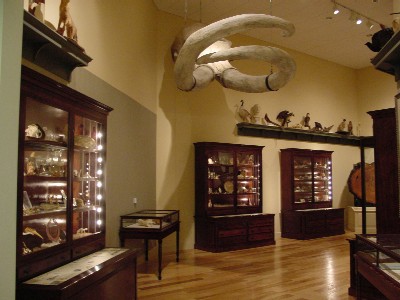
Inspired by this celebration of science, art, and the strang(e), I picked up an old Chinese tea cabinet at a flea market and began to build my own wunderkammer. I quickly filled the shelves with items of the type I thought were “supposed” to be in any wunderkammer worth its weight in weirdness….
* * *
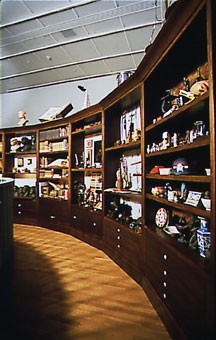
Now, I wouldn’t dare suggest that there’s a Renaissance revival afoot, but I’m optimistic that the pendulum is swinging at least slightly back toward the hey-day of natural history, citizen science, backyard astronomy, and other spirited intellectual pursuits. Several recent museum exhibitions have explored the cabinets of curiosity as an organizational principle, including one dedicated to the appropriately odd juxtaposition of art and cryptozoology. Even the wunderkammer aesthetic has bubbled up into popular consciousness.
Many blogs, including the one I co-edit, have been described as virtual cabinets of curiosity—storehouses of unusual links, odd memes, fringe culture, and weird news.
Pescovitz certainly gets it, and I feel he nicely expresses one view I have of my life, my house-museum, my writings, and now how my view of the world issues forth from this blog. One of my sons likes to say “baseball is life,” and I appreciate that view. For me, cryptozoology (among other things) may be my passion, but certainly, to the world, what I collect/show is der Wunderkammer.

Speaking of cabinets of curiosity, in a spirited bit of synchronicity, Pescovitz’s essay came to my attention at about the same time I got a notice that a new book had been written about the celebrated Mark Dion (above), the reigning king of the wunderkammer.
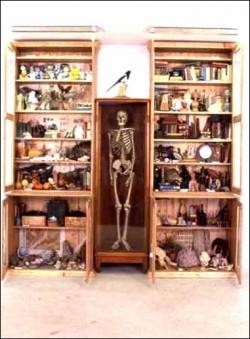
Cabinet of Curiosities: Mark Dion and the University as Installation by Colleen Josephine Sheehy was published by the University of Minnesota Press on December 27, 2006. The large-sized paperbound book is heavily illustrated, apparently, within its 128 pages, with many images and photographs of wunderkammer.
For more information on Sheehy’s book, please click here.
I am, well, curious to see what’s inside.
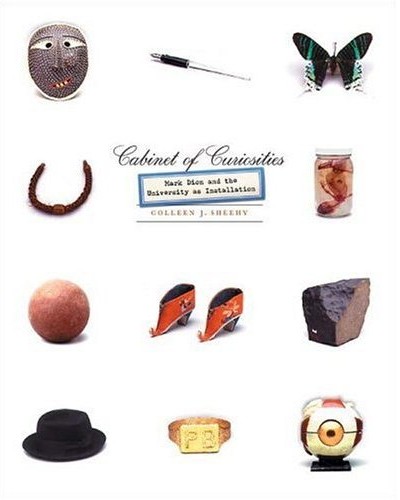
About Loren Coleman
Loren Coleman is one of the world’s leading cryptozoologists, some say “the” leading living cryptozoologist. Certainly, he is acknowledged as the current living American researcher and writer who has most popularized cryptozoology in the late 20th and early 21st centuries.
Starting his fieldwork and investigations in 1960, after traveling and trekking extensively in pursuit of cryptozoological mysteries, Coleman began writing to share his experiences in 1969. An honorary member of Ivan T. Sanderson’s Society for the Investigation of the Unexplained in the 1970s, Coleman has been bestowed with similar honorary memberships of the North Idaho College Cryptozoology Club in 1983, and in subsequent years, that of the British Columbia Scientific Cryptozoology Club, CryptoSafari International, and other international organizations. He was also a Life Member and Benefactor of the International Society of Cryptozoology (now-defunct).
Loren Coleman’s daily blog, as a member of the Cryptomundo Team, served as an ongoing avenue of communication for the ever-growing body of cryptozoo news from 2005 through 2013. He returned as an infrequent contributor beginning Halloween week of 2015.
Coleman is the founder in 2003, and current director of the International Cryptozoology Museum in Portland, Maine.
Filed under Artifacts, Books, Breaking News, Cryptomundo Exclusive, Cryptotourism, CryptoZoo News, Cryptozoologists, Cryptozoology, Museums, Pop Culture